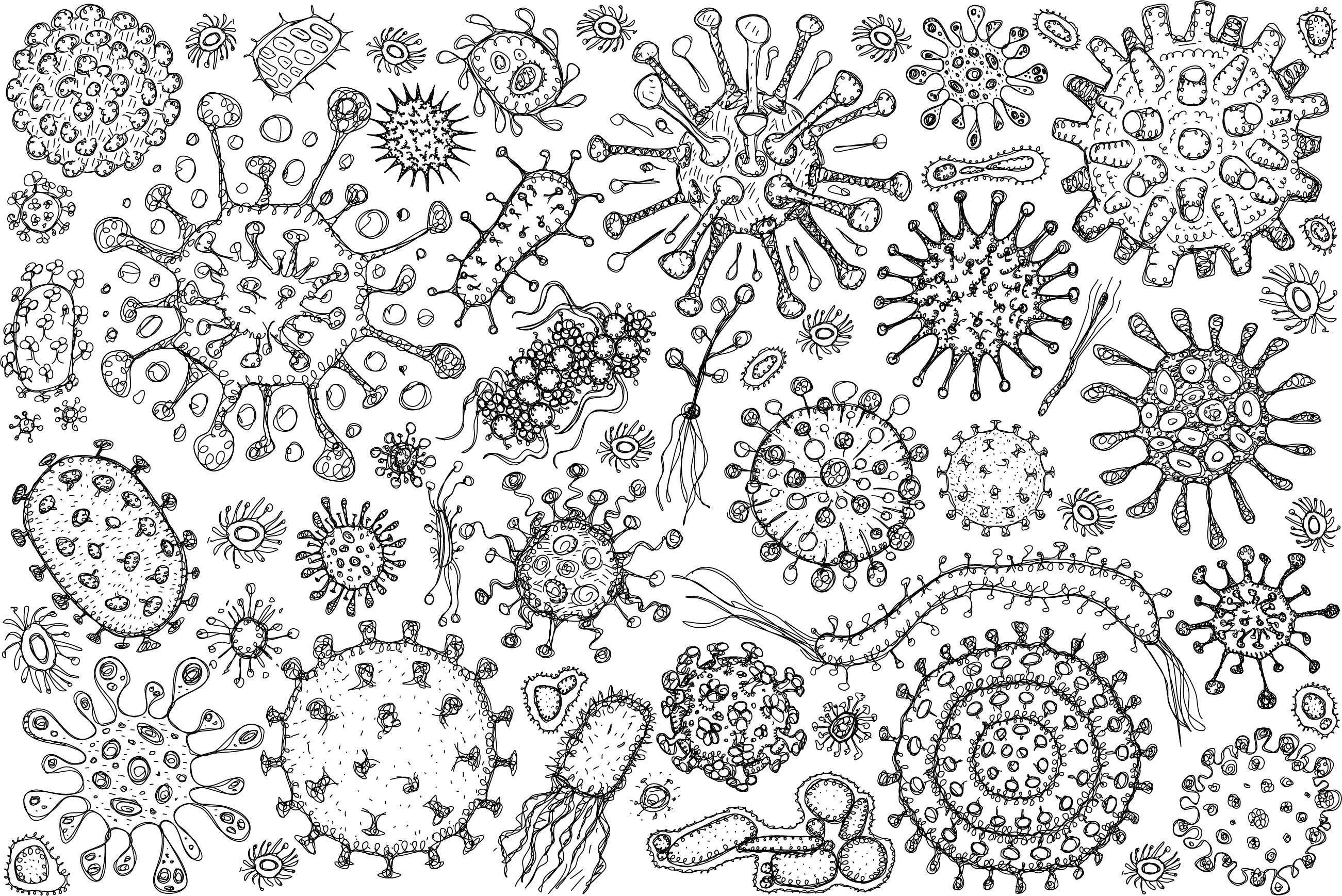
The Kronstad lab is working hard to uncover the weaknesses of the infectious fungal pathogen Cryptococcus neoformans, which can cause cryptococcosis and is especially dangerous to those with compromised immune systems. Over the past year the lab has published six research papers on the subject, using ‘omics to identify potential targets for future treatments.
Studying pathogenic fungi is not a new focus for Dr. Jim Kronstad (Michael Smith Laboratories, Department of Microbiology and Immunology, Faculty of Land and Food Systems), who has been researching in this area since the 1990s. His lab has been focused on C. neoformans in particular, however, since its recent designation as a ‘fungal pathogen of critical importance’ by the World Health Organization. It received this designation because in people with compromised immune systems (such as those living with HIV/AIDS), the fungus can spread to the brain and cause cryptococcal meningoencephalitis, which is often fatal.
There are currently very few treatment options and no vaccines to combat C. neoformans infection, as the fungus is well adapted to survive in harsh conditions and can evade our immune systems.
“The polysaccharide capsule is the main virulence factor for the fungus, as it suppresses the immune response and hides the fungus from detection. C. neoformans also produces melanin, which is deposited in the cell wall and protects the fungus inside its host,” explains Dr. Kronstad.
These adaptations, however, offer up major targets for treatment if we can understand which nutrients are essential to the adaptations, how the fungus senses these nutrients, and how the nutrients are transported into cells. This has been the focus of much of the lab’s recent work.
The latest publication from the lab, led by PhD candidate Sabrina Qu, demonstrates that interrupting phosphate uptake can impact the integrity of the capsule, making the fungus more susceptible to antifungal drugs like caspofungin.
“This study provides more insights into the physiological conditions that regulate the virulence of C. neoformans, and may help with developing new drug targets and employing drug combinations to overcome caspofungin resistance,” highlights Qu.
Research led by Research Associate Guanggan Hu similarly identifies a potential drug target, as he found that limiting iron uptake can reduce the virulence of the fungus also through weakening the capsule, among other factors.
The capsule has not been the only focus of the lab, however. PhD candidate Braydon Black recently published work demonstrating how melanin formation is interrupted when the fungus cannot produce the antioxidant glutathione, reducing its virulence.

“Mutant C. neoformans cells lacking the terminal gene for glutathione biosynthesis had dysregulated redox metabolism – essentially, the ratio of reducing and oxidizing compounds was thrown out of balance. These changes prevented mutants from making melanin, a key factor for cryptococcal virulence,” explains Black.
These findings are all important contributions to help guide clinical researchers in treating, and developing vaccines against, C. neoformans infection.
Partnerships have been a large part of the lab’s success, including collaborations with the Foster lab (Michael Smith Laboratories, Department of Biochemistry and Molecular Biology), which has provided support for proteomics and metabolomics work. Many other partnerships have also been initiated by the graduate students, including those with researchers at Johns Hopkins University and the University of São Paulo, Brazil.
“There’s a really nice collaborative environment in our group, and the students really lead the formation of new connections. They develop naturally in the group, and the students really like that,” shares Dr. Kronstad.
Continuing to build off this significant body of work in partnership with their collaborators, the lab hopes to see their research make a difference in how we prevent and treat cryptococcosis to reduce its deadly impact.
Quick links:
- Read Qu’s study in Frontiers in Fungal Biology, published August 2024
- Read Lee’s study in Frontiers in Cellular and Infection Microbiology, published August 2024
- Read Hu’s study in Frontiers in Microbiology, published July 2024
- Read Black’s study in Nature Microbiology, published July 2024
- Read the lab’s collaborative study on a novel antifungal in the Antimicrobial Chemotherapy section of mBio, published June 2024
- Read the lab’s collaborative study on the proteasome as a potential target in the Mycology section of Microbiology Spectrum, published September 2023
- Learn more about the Kronstad lab, including work on fungal pathogens that threaten crop production.
This story was originally published by Emily Cooke for the Michael Smith Laboratories. To read the original story, visit: https://www.msl.ubc.ca/kronstad-lab-uncovering-weaknesses-for-the-fungal-cause-of-cryptococcosis/

